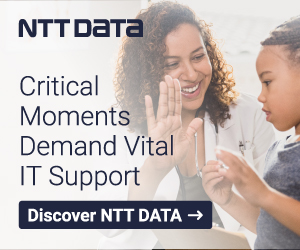March 21, 2016 – By Dan Wayland, Used with Permission from Ellumen, Inc.
FHIR (pronounced ‘Fire’) stands for Fast Healthcare Interoperability Resources. 
FHIR is the latest standard developed under the HL7 organization, and contains the promises to serve as a good alternative to the HL7 standards. According to HL7:
FHIR can be used as a stand-alone data exchange standard, but can and will also be used in partnership with existing widely used standards.
FHIR’s attributes prove out the maxim that complexity is the enemy of interoperability:
- Simplicity: FHIR is much simpler when compared to C32, Consolidated Clinical Document Architecture (CCDA), Cross Community Access (XCA), Patient Identity Cross Referencing (PIX), Patient Demographics Query (PDQ) and other recently popular specifications.
- Fine-Grained Capability: FHIR’s fine-grained capability aligns well with the VA’s Electronic Health Management Platform (eHMP) applets, and the way Legacy Viewers work for data sharing.
Ellumen is already using FHIR in the Federal space in support of clinical data exchange and viewers. For those key systems, experts at Ellumen have become part of the process of FHIR implementation and improvements. They are also presently consulting with the DoD and VA regarding those agencies’ potential move to FHIR as an interagency protocol, and supplying feedback for the FHIR standards bodies.
Part of that feedback includes one specific improvement which Ellumen is recommending for the FHIR Specification, entailing the need for a standard way to pass “user” information for logging disclosure requests.
- Example Scenario: Many data sharing initiatives are system-to-system trusts, where the “other” system initiating the request is authenticating and authorizing the individual user.
- FHIR Standard Modification Request: A standard way is needed for the caller to optionally pass over information about the user, including user ID, name and facility, so a FHIR Service can log the disclosure. These fields should be optional because of use cases such as pre-fetch, but in the use case where the user on the caller’s side of the transaction is known, this would allow the service returning the data to log who the user was.





